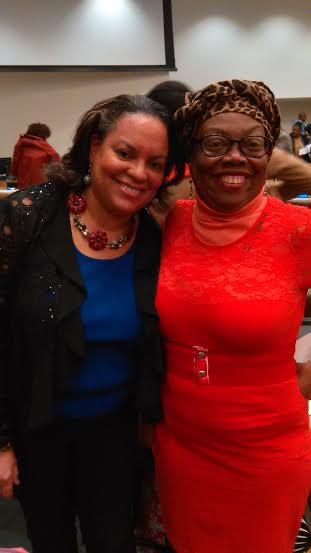MURPHY BROWNE © August 16-2018
On August 17-1795 a group of Africans on the Caribbean island Curaçao seized their freedom from the Dutch men and women who had kept them enslaved as an unpaid workforce. In 1795 Curaçao was a Dutch colony occupied by men and women from the Netherlands who bought, sold and brutalized enslaved Africans. The Africans had been kidnapped from their homes and transported across the Atlantic under barbaric and horrific conditions in the holds of ships manned by White Christians. The Africans engaged in this Revolutionary War against the Dutch which raged for a month (August 17-1795 to September 19-1795) were led by Tula.
Much of the history of Africans in the Diaspora has been of struggle against and triumph over chattel slavery. In every location where Africans were enslaved they resisted in various ways including armed struggle. The Africans on Curaçao with superior numbers could have crushed the Dutch and either driven them off the island or exterminated the lot of them. The Dutch did not hesitate to brutally supress the Revolution and displayed extreme barbarity in destroying the revolutionaries when they regained control of the island.
At the time of the Revolution on August 17-1795 the Africans outnumbered the Dutch. However while the Africans were negotiating in good faith (all they wanted was their freedom) the Europeans were marking time. Once the Europeans regained control of Curaçao many of the Africans were brutally killed and decapitated, their heads put on display as a warning. Many of the Africans preferred to die fighting, rather than surrender and become re-enslaved.
Tula and the other recognized leader, Bastiaan Karpata, were arrested on September 19 and on October 3 they were executed. Some of the freedom fighters were hanged, some broken on the wheel and one woman was “strangled after her hands had been cut off.” The Dutch unceremoniously threw the bodies of the freedom fighting Africans into the sea.
Although the August 17-1795 uprising did not end slavery in Curaçao it is recognized as the beginning of the end of enslavement in the Dutch colony. The Dutch abolished slavery in 1863, 68 years after the August 1795 uprising. The date and the freedom fighters are recognized and celebrated in the 21st century. A monument representing Tula’s efforts to end slavery stands on the spot (erected October 1998) where he was executed by the Dutch on October 3-1795.
It is recognized that the uprising in Curaçao was inspired by the Haitian Revolution. In the 2011 published “Curaçao in the Age of Revolutions, 1795-1800” Dutch authors Wim Klooster and Gert Oostindie wrote: “While the type and significance of slavery may have been atypical by regional standards, slave resistance was as engrained in Curaçaoan slavery as it was elsewhere. The sheer number of insurgents and their proportion of the total population make this revolt of significance in the wider historiography of slave revolts inspired by the French, and particularly Haitian revolutions.”
Like many other places that were colonized by various European tribes Curaçao was traded back and forth. During the early 18th century, the island attracted the British and French, who were fighting over various Caribbean islands in desperate struggles to control the profitable trade routes and sugar plantations of the islands. Britain tossed the Dutch out of Curaçao twice; 1800 to 1803 and again from 1807 to 1815. The 1815 Treaty of Paris returned Curaçao to Dutch control. The fate of the enslaved Africans was never a consideration to the warring European tribes.
After WWII, the people of Curaçao joined other Caribbean nations in advocating for independence. On October 10, 2010 Curaçao, Bonaire, Saba and St. Eustatius became special municipalities within the Netherlands. Although the majority of the population of Curaçao are the descendants of enslaved Africans the White supremacist Dutch tradition of “Black Pete/Zwarte Piet” holds sway. In his 1990 published “The Dutch in the Caribbean and in Surinam 1791/5-1942” Dutch author Cornelis Ch. Goslinga wrote: “The white elite of the Curaçao islands was composed of influential, in general well-to-do or rich Protestants and Jews. The years of their ascendancy and domination over the colored and black masses lasted for almost 300 years, well into the 20th century. They were able to maintain this control because of their monopoly in political power. The laws, made by the whites, gave them all advantages possible. In the traditional infrastructure every white had high prestige value. The skin therefore was of great importance. To have a white one meant to be powerful.”
Today 223 years after the Dutch on Curaçao executed Tula, Bastiaan Karpata and other African freedom fighters their stories are known. In 2013 the movie “Tula: The Revolt” was released based on the book “Tula: The Revolt.” Every year August 17 is celebrated to commemorate the uprising.
MURPHY BROWNE © August 16-2018













No comments:
Post a Comment